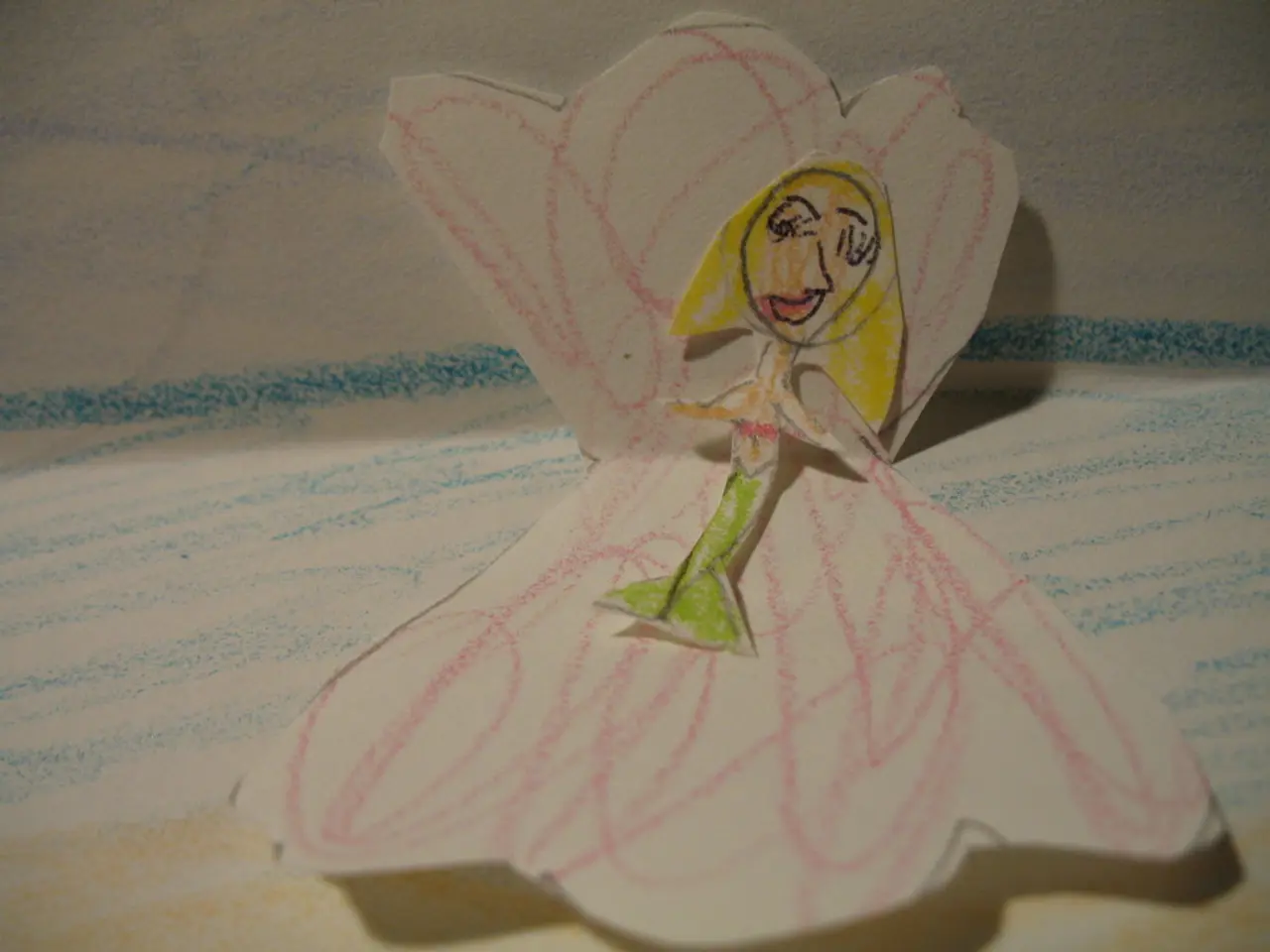Urban Sketching and Quick Drawings: A Jumping-Off Point for New Creators
In the world of visual storytelling, two methods have emerged as popular tools for capturing thoughts and experiences: Sketchnotes and Urban Sketching. While both share a common goal of making thoughts and stories visible by hand, they approach this goal in distinct ways.
Sketchnotes, a method focused on information condensation and knowledge transfer, uses keywords, simple shapes, icons, and structured layouts to visually organise information live. On the other hand, Urban Sketching, less about information condensation but more about observation and interpretation, captures fleeting moments and atmospheres directly on location.
For Sketchnotes, a reduced setup often suffices, with a small notebook in A5 or A6 format, a fineliner, one or two markers, and optionally a brush pen as the basic tools. The use of these basic forms lowers entry barriers because visual ideas can be implemented without extensive drawing knowledge.
In contrast, Urban Sketching takes place directly on location, often outdoors, to capture situations and moods immediately. A waterproof fineliner, a small watercolor set, and a waterbrush are suitable tools for Urban Sketching, as it usually takes place outdoors. The narrative character in Urban Sketching arises from capturing a specific moment at a specific location, often with a personal perspective.
Clear layout principles are important in both methods, supporting the construction of a sketch. Columns, clusters, or paths provide guidance for the eye and logically connect individual contents. Visual hierarchies are created through deliberate use of size, contrast, and conscious use of white space, making it easier to navigate a page.
The visual alphabet, consisting of five basic elements: point, line, triangle, square or rectangle, and circle, serves as building blocks for quick sketches in both Sketchnotes and Urban Sketching. With a few strokes, icons, figures, or symbols can be created that clearly convey content.
The international Urban Sketchers movement, emphasising authenticity, honesty, and individual handwriting, was developed by Gabriel Campanario. The manifesto of this movement underscores the importance of capturing the world as it is, without embellishment or exaggeration.
Both Sketchnotes and Urban Sketching offer different perspectives that complement each other. Sketchnotes structure thinking and anchor content in memory, while Urban Sketching strengthens conscious perception of the surroundings. The speed of sketching increases because familiar patterns relieve the thought process.
In conclusion, whether you prefer the structured approach of Sketchnotes or the more interpretative style of Urban Sketching, both methods provide a unique way to capture and share your experiences in a visual format.
Read also:
- Foot massages and their impact on diabetic nerve pain (neuropathy)
- Decision Date for MGM Casino Plan in Yonkers, New York City: September 25th
- Upcoming French Elections and Their Potential Impacts on Macron's Role
- Day 4 Highlights from the CES Automotive Sector: Mullen, Sony Honda Mobility, AFEELA, HCMF Group, STRADVISION, AUTOCRYPT, Mercedes-Benz, Luminar, Intel, Continental, Hyundai, VicOne, and BlackBerry Featured Prominently




